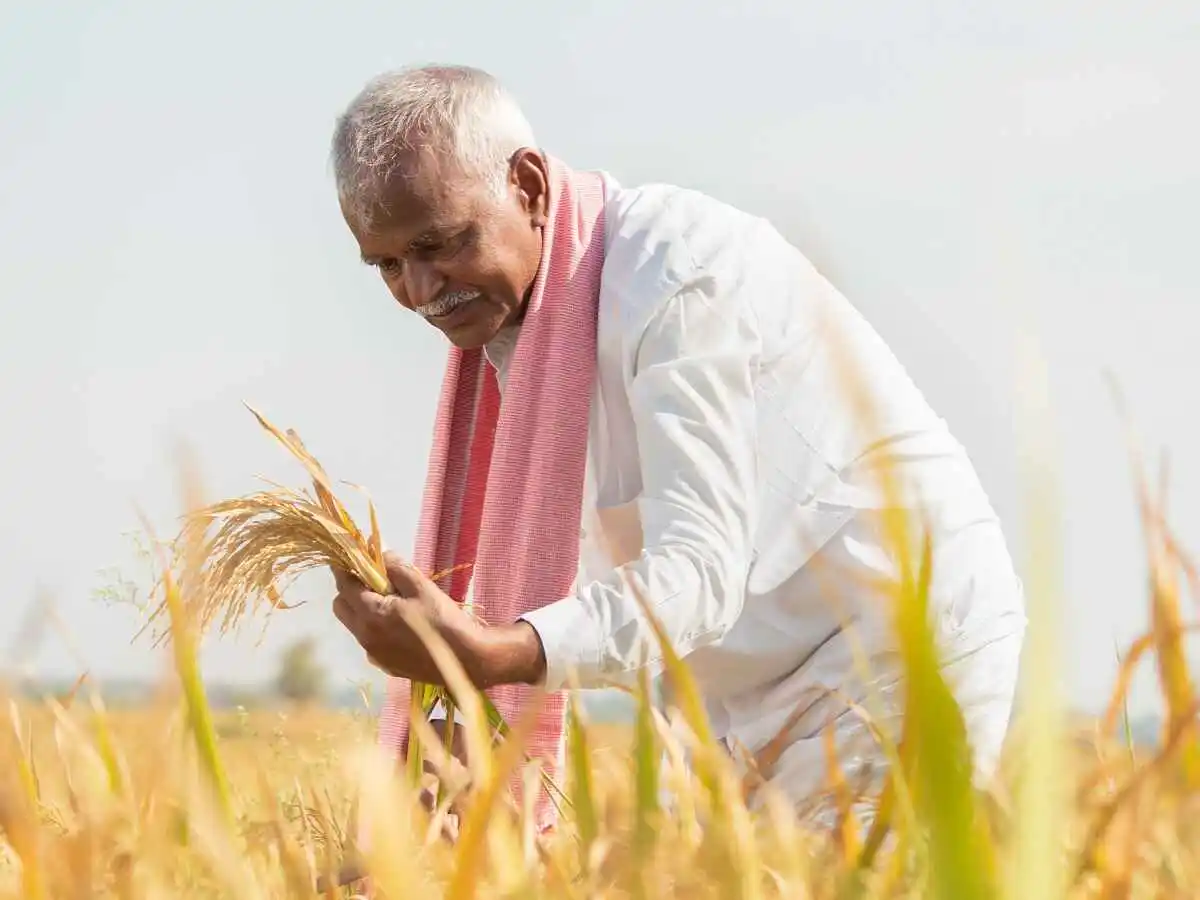Business News
India develops first genome-edited rice varieties: How will it help yield? Which states to benefit?
.png)
3 min read | Updated on May 05, 2025, 13:01 IST
SUMMARY
These non-GMO, CRISPR-edited varieties mature faster, use less water, reduce methane emissions, and are tailored for diverse agro-climatic zones.

Scientists developed these varieties by enhancing two widely grown rice types -- Samba Mahsuri (BPT5204) and MTU1010 (Cottondora Sannalu). Image: Shutterstock
Union Agriculture and Farmers Welfare Minister Shivraj Singh Chouhan on Sunday announced the development of India’s first genome-edited rice varieties, saying the achievement will be written in golden letters.
The genome-edited rice varieties, DRR Rice 100 (Kamla) and Pusa DST Rice 1, have been developed by the Indian Council of Agricultural Research (ICAR) to address challenges of climate change and boost rice yields by up to 30 per cent.
"Today’s achievement will be written in golden letters," Chouhan said at the event. "During the Azadi Ka Amrit Mahotsav, Prime Minister Modi had called upon farmers to adopt modern techniques to overcome agricultural challenges. Inspired by his words, ICAR scientists have made exceptional achievements in the field of agriculture with the creation of these new varieties."
What is Genome Editing?
Genome editing is an advanced technique that enables scientists to make precise, targeted changes to the DNA of organisms, including plants. Unlike traditional breeding, which can take decades, genome editing allows breeders to develop improved crop varieties within a few years. Using CRISPR-Cas technology, researchers can modify genes without inserting foreign DNA, making the process more efficient and less controversial under regulatory frameworks.
The announcement marks a major breakthrough in plant biotechnology. The varieties were developed without introducing foreign DNA, and fall under the approved SDN 1 and SDN 2 categories of genome-editing regulations in India.
Two varieties, multiple benefits
Developed by ICAR-IIRR, Hyderabad, DRR Rice 100 (Kamla) is based on the popular Samba Mahsuri variety. It matures 20 days earlier, has a stronger stalk, retains high grain quality, and contributes to a 19% increase in yield, while cutting down methane emissions and water usage.
The second variety, Pusa DST Rice 1, developed by ICAR-IARI, New Delhi, builds on MTU 1010. It is tailored for saline and alkaline soils and shows a potential yield increase of up to 30.4%, particularly under stress conditions.
Combined, these two varieties are projected to save 7,500 million cubic meters of irrigation water and reduce emissions by 20%.
Genome-editing research under ICAR began in 2018 with funding from the National Agricultural Science Fund. The ₹500 crore allocated in the 2023-24 Union Budget for genome editing underlines the Centre’s commitment to making India a global leader in sustainable agricultural innovation.
Which states to benefit from genome-edited varieties?
The newly released varieties are targeted for cultivation in major rice-growing states across diverse agro-climatic zones, including Andhra Pradesh, Telangana, Karnataka, Tamil Nadu, Kerala, Puducherry, Bihar, Chhattisgarh, Maharashtra, Madhya Pradesh, Odisha, Jharkhand, Bihar, and West Bengal.
Strategic shift in crop planning
Introducing the “Minus 5, Plus 10” strategy, Chouhan proposed reducing rice cultivation by 5 million hectares and increasing rice production by 10 million tonnes through advanced varieties like these. The freed-up area could then be used to boost oilseed and pulse production, reducing India’s import dependency.
The minister urged young farmers to embrace scientific innovation and said, “When agricultural scientists and farmers come together, miracles will happen.”
About The Author
Next Story

